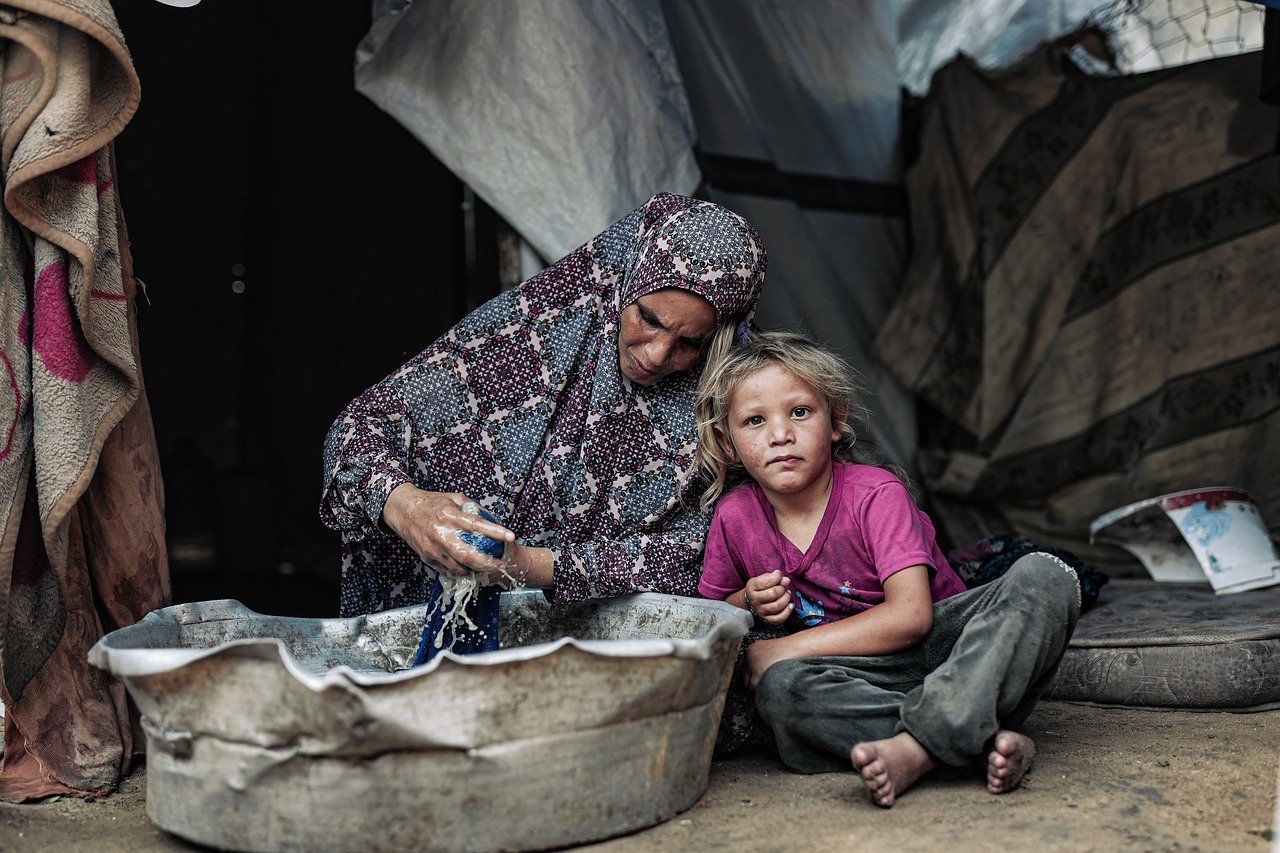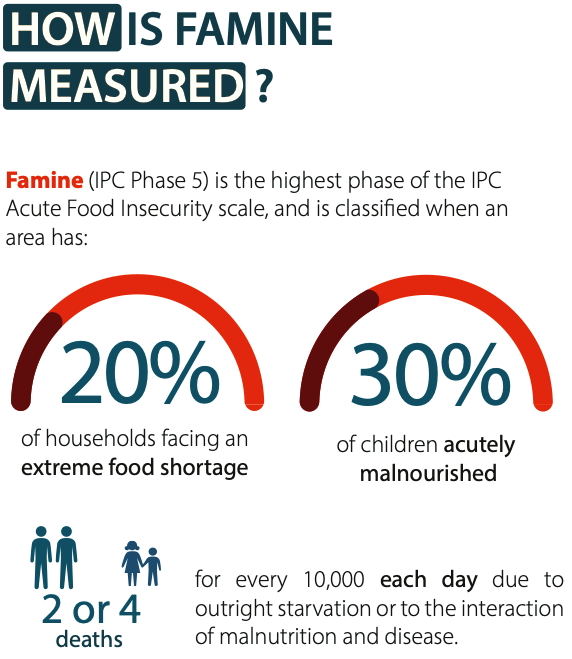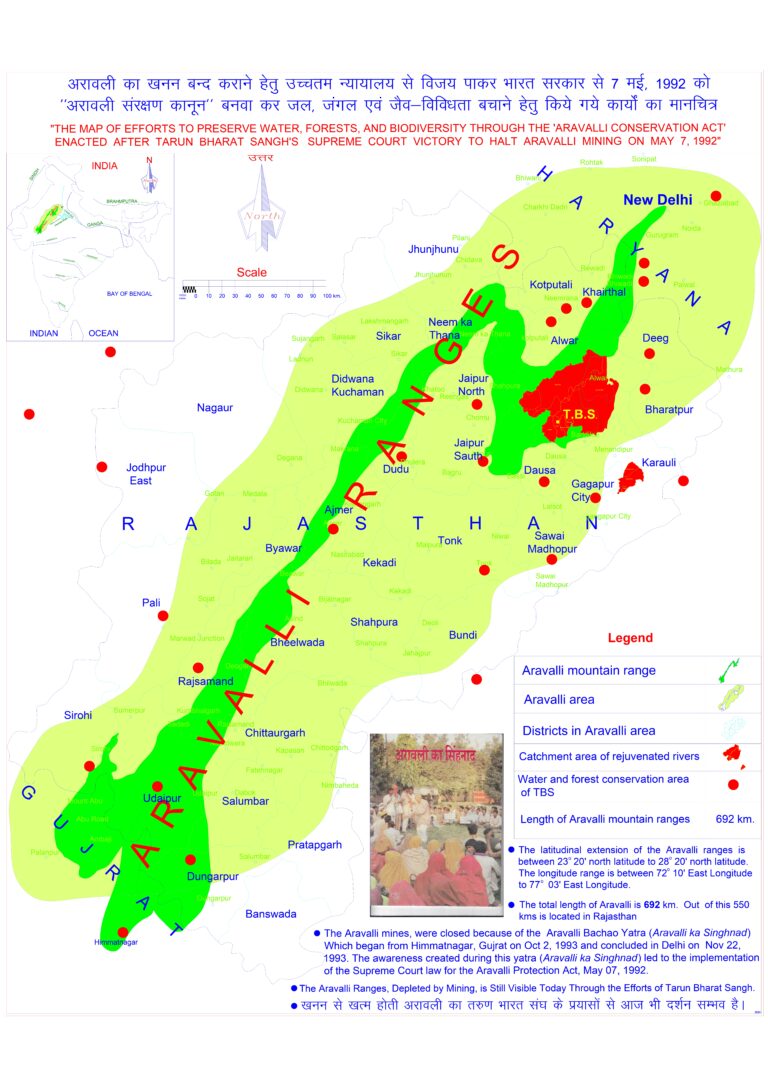
Rome: The black market prices of cooking gas increased by 2,612 per cent, diesel by 1,315 per cent, wood by 250 per cent, and diapers by 620 per cent in Gaza since Israel’s invasion there in October 2023. Concurrent with the extremely high and increasing prices of essential items has been the total collapse of livelihoods to be able to purchase or barter for food and other basic needs. Labour and income opportunities have plummeted.
When comparing the Consumer Price Index (CPI) from before the crisis to now, the Integrated Food Security Phase Classification (IPC) Famine Review Committee (FRC) noted an overall increase of 283 per cent, with the Food CPI increasing by 312 per cent.
The IPC Famine Review Committee issued its alert on November 8, 2024, to express concern about an imminent and substantial likelihood of famine occurring, due to the rapidly deteriorating situation in the Gaza Strip.
The Integrated Food Security Phase Classification (IPC) defines Famine as a situation in which at least one in five households has an extreme lack of food and faces starvation and destitution, resulting in extremely critical levels of acute malnutrition and death.
The FRC warned that all actors directly involved in the conflict or influencing its conduct must take immediate action, “within days not weeks,” to avert and alleviate this catastrophic situation.
Attacks on health and nutrition care facilities and other civilian infrastructure have also continued and accelerated in recent weeks, including the arrest of medical staff by the Israel Defense Forces (IDF).
The analysis team conducted a risk of famine analysis and concluded that, under a reasonable worst-case scenario, a risk of famine existed for the whole of the Gaza Strip between November 2024 and April 2025.
The reasonable worst-case scenario developed for the northern area of the Gaza Strip (Gaza and North Gaza governorates) shows that “an escalation and intensification of the hostilities would occur, with higher frequency and duration, resulting in expanded ground operations and increasing levels of destruction and lethality. Evacuation orders would be issued for all civilians in the governorates, which would lead to the displacement of hundreds of thousands of people to the middle governorates. This would also include a complete halt of commercial trucks, following the recent downward trend already observed. Similarly, humanitarian assistance would significantly decrease, to a near halt. Social safety nets would collapse, and civil unrest would likely increase”.
While an IPC update will be conducted, this Alert serves to draw immediate attention to the need to take urgent action to alleviate this humanitarian catastrophe in areas of the northern Gaza Strip.
Key messages:
- The humanitarian situation in the Gaza Strip is extremely grave and rapidly deteriorating.
- A strong likelihood of famine is imminent in areas within the northern Gaza Strip.
- Immediate action, within days not weeks, is required to avert and alleviate this catastrophic situation from all actors directly taking part in the conflict or influencing its conduct.
Food availability in the Gaza Strip needs to be considered in a context where food systems have collapsed. According to the United Nations Office for the Coordination of Humanitarian Affairs (OCHA) data, the number of aid shipments being let into the Gaza Strip (data up to October 27, 2024) is lower now than at any time, since October 2023. Data made available by the Israeli COGAT (Coordination of Government Activities in the Territories) on humanitarian and ‘commercial’ shipments also agrees that shipments are at the lowest level since the start of the war. The World Food Programme (WFP) market monitoring report for the second half of October indicates that the average number of trucks entering the Gaza Strip fell to just 58 per day, the lowest level since November 2023.
It is worth noting that the level of supplies entering the Gaza Strip in October 2024 was lower than the amounts that were permitted in early 2024, a period during which acute food security and acute malnutrition rapidly deteriorated and famine was projected in the northern governorates.
The available data from different sources show that the food supply across the entire Gaza Strip has sharply deteriorated. The Famine Review Committee stated that it was particularly concerned about the food availability in areas affected by high-intensity conflict.
– global bihari bureau






